Scientific research continues to show that exercise and physical therapy methods prove more valuable in the long run as a method of treating physical aches and pains (not to mention other illnesses), including low back pain, arthritic joints, strained muscles, etc.
However, this research that informs doctors and physical therapists to prescribe their patients exercise instead of medication (especially strong meds like opioids) and imaging (x-rays, MRIs) is one thing, but actually getting the patient to follow through with this exercise prescription is an obstacle unto itself.
In truth, both tasks are uphill climbs: Getting doctors who regularly prescribe meds for back pain, rather than referring to a physical therapist, requires a considerable change in habit and understanding of pain on the doctor’s end. And, just because exercise is recommended, or a physical therapists is referred doesn’t mean the patient will actually follow through. Identifying the obstacles in the way of follow through becomes an important task in and of itself.
One of the reasons starting an exercise lifestyle is often difficult has to do with the unique circumstances of the person: Some people have plenty of motivation, but no time due to work or home responsibilities. Other people have plenty of time, but no motivation. Whilst others may stumble because they don’t know what, how, when, or where to exercise.
Recognizing your own circumstances is crucial to changing your lifestyle to include exercise. Take me for an example: I’m a chiropractor and trainer. I’m educated in the how, what, and why to exercise. But, I’m also a husband and father with parenting and home responsibilities, so finding time to exercise proves difficult. I used to belong to a gym near my work, but it was a 10 minute walk away. The total time of 20 minutes walking to and from the gym ended up proving to be too much time away from work. So, last year, I joined a closer gym – literally across the street – cutting my commute time to zero. As a result, I’m at the gym regularly now. I was able to identify my circumstantial obstacle and fix it. I’m aiming to help my patients with doing the same – exploring their circumstances and strategizing a way to circumvent their unique obstacles.
Of course, I will continue to do my best in providing the what, how, and why to exercise. In truth, this part is easy. Circumventing life’s obstacles to pave the way to a healthier lifestyle is the more difficult task.
